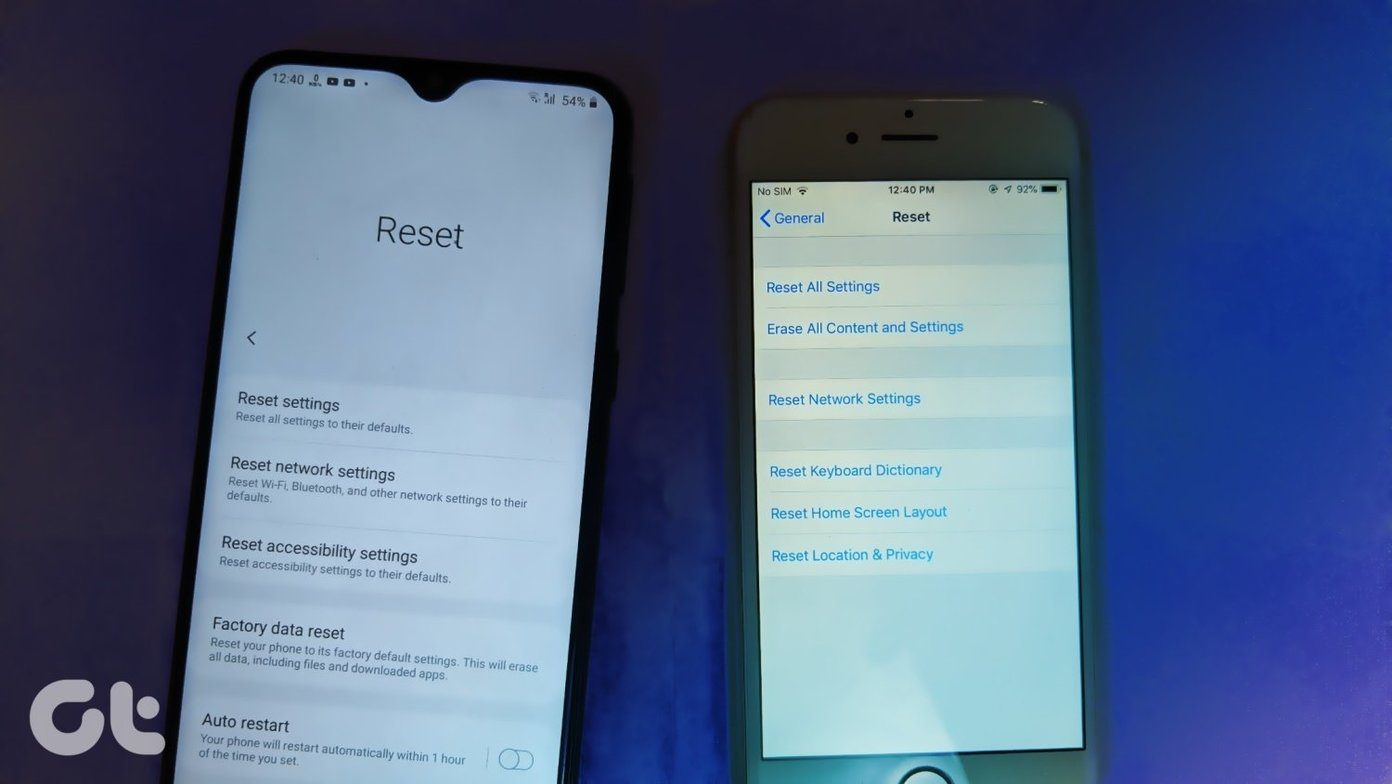It’s true that smartphone specs do play a role in the quality and performance of every device, but if that’s the only paintbrush you have to work with, you won’t be able to paint the entire picture. It’s a combination of hardware and software factors that will ultimately determine when one phone is better than another.
Operating System Optimization
The biggest factor that can dispute the accuracy of spec sheets is the operating system your smartphone runs. It’s more than just iOS, Android or Windows Phone too. It’s iOS 9, iOS 8, iOS 7, iOS 6, Android Lollipop, Android KitKat, Android Jelly Bean, so on and so forth. Operating systems have an enormous impact on the way your phone will work and can even affect those numbers on the spec sheet. A terrific and very recent example is with the iPhone. The iPhone 6s has a 1,715 mAh, which is actually smaller than the 1,810 mAh battery in its predecessor, the iPhone 6. On a spec sheet comparing the two, you might look at these figures and think the smaller battery in the newer phone means it actually has worse battery life. Sure enough, the iPhone 6 and iPhone 6s both have the exact same advertised battery life. How is this possible with two batteries of different sizes? It almost certainly has to do with operating system optimization. Apple made tiny changes everywhere under the hood of iOS that will suck less life out of your phone’s battery, whether it’s negligible design changes or different ways to process high-performance tasks. The same situation applies to many other specs, like processors. If an iPhone has a 1 GHz processor and an Android phone has a 1.5 GHz processor, you might think the Android phone is automatically faster. Now, factor in that the Android phone might have a more graphically intense UI and more apps with flashy advertisements. It’s possible that even the iPhone might be faster in this case even with a less powerful processor. The ecosystem is arguably even more important. The operating system with apps highest in quality and quantity will dramatically affect the experience. Third-party accessory makers on board is key too, so you have a wider selection of cases and useful extensions.
Megapixels Aren’t Everything
Back in the days of buying compact cameras to carry around, we were all taught that megapixels are one of the most important factors in picture quality. A 12MP camera sensor will always produce better photos than an 8MP sensor. This is simply not true, and another reason to avoid spec sheets. There are so many different components that go into a camera and affect the quality of the photos they can produce. Megapixels, meanwhile, are simply measurements for the sizes of the photos they capture. This means that in certain situations, more megapixels is indeed equivalent to a better photo. If you’re taking a photo to print out on a poster, a camera with more megapixels will typically look better because posters are large and therefore call for a larger photo. However, if you’re like most people today and you just keep photos on your phone or to share on social media, megapixels don’t matter that much at all. An 8 MP camera takes photos at a resolution of 3264 x 2468, while a 12 MP camera takes photos at a resolution of 4200×2800. When you’re posting photos on social media where they typically aren’t any larger than 1,500px in width, whether a photo is double or triple that in size is meaningless.
What About Build Quality?
Another important test to carry out is build quality, and it’s a very hot debate in particular between iPhone and Android loyalists. iPhone fans argue that the iPhone has better build quality than most Android phones because it uses aluminum and glass components, while Android phones are usually made of plastic. First, the latter isn’t always true, especially in recent years. Second, the issue of build quality is again something you won’t find on a spec sheet, except maybe the occasional list of materials. Will your phone last over the years? What if the buttons on the side of the phone are prone to becoming loose? What’s your phone’s resale value after a year of daily usage? These are all very important questions. What should be very important to a lot of people is the strength of the display glass. Can it hold up without shattering if you drop it? Don’t be afraid to ask these questions when shopping for a new phone, and always do research about the marketing behind it. Important: All of this boils down to real-world usage. Since you can’t see how an OS or camera megapixels affects quality on a grid, it’s all about what feels better to you. Before making a purchase, walk into stores and get some hands-on time with phones on display or maybe even ask to use your friend’s phone. Observe performance, camera quality and build quality. Buy a phone based on how it feels to use it, not what a spec sheet tells you.
Decisions, Decisions!
We know buying a new phone is not the easiest decision to take these days. But, what was the tipping point for you in your last purchase? Let us know in our forum. The above article may contain affiliate links which help support Guiding Tech. However, it does not affect our editorial integrity. The content remains unbiased and authentic.














